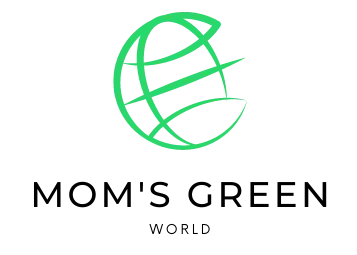Taking Control of Your Household Environment
As a parent, you play a vital role in shaping your child’s environment. With children spending up to 90% of their time indoors, often in the same room, it’s crucial to be aware of the potential hazards in your home, particularly from household chemicals.
Understanding the Risks
Babies and Environmental Toxins
- Close to the ground: Babies and young children, who spend much of their time near the floor, are at a higher risk of exposure to toxins found in dust, soil, carpets, and low-lying air layers.
- Indoor pollutants: Common sources include pesticides brought in from outdoors, disinfectant sprays, and other household chemicals.
Vulnerability of Children
- Higher susceptibility: Children are more vulnerable than adults to environmental toxins due to their rapid breathing, developing respiratory systems, and higher relative intake of air, food, and liquids.
- Chemical exposure: Over 70,000 chemicals are used in common household products, many with unknown health effects, particularly on children.
Prevention Over Reaction
- Asthma management: Focusing on preventing asthma attacks by controlling environmental triggers is more effective than merely addressing attacks as they occur.
- Nervous system risks: Exposure to toxins like lead can cause irreversible damage to a child’s nervous system.
Empowering Choices for Parents
Steps You Can Take
- Reduce chemical exposure: Opt for natural or less toxic alternatives for cleaning and personal care products.
- Clean entryways: Minimize pesticide and outdoor contaminant entry by removing shoes at the door.
- Air quality management: Regularly clean and ventilate your home to reduce the accumulation of indoor pollutants.
- Educate yourself: Stay informed about the chemicals in products you use at home.
The Difference You Can Make
- By making conscious choices and adjustments in your household, you can significantly reduce your child’s exposure to harmful chemicals, contributing to a safer, healthier environment for their growth and development.
Remember, you can influence your child’s environmental exposures as a parent. Making informed decisions about the products you bring into your home is a critical step in ensuring the well-being of your family.

Leave a Reply